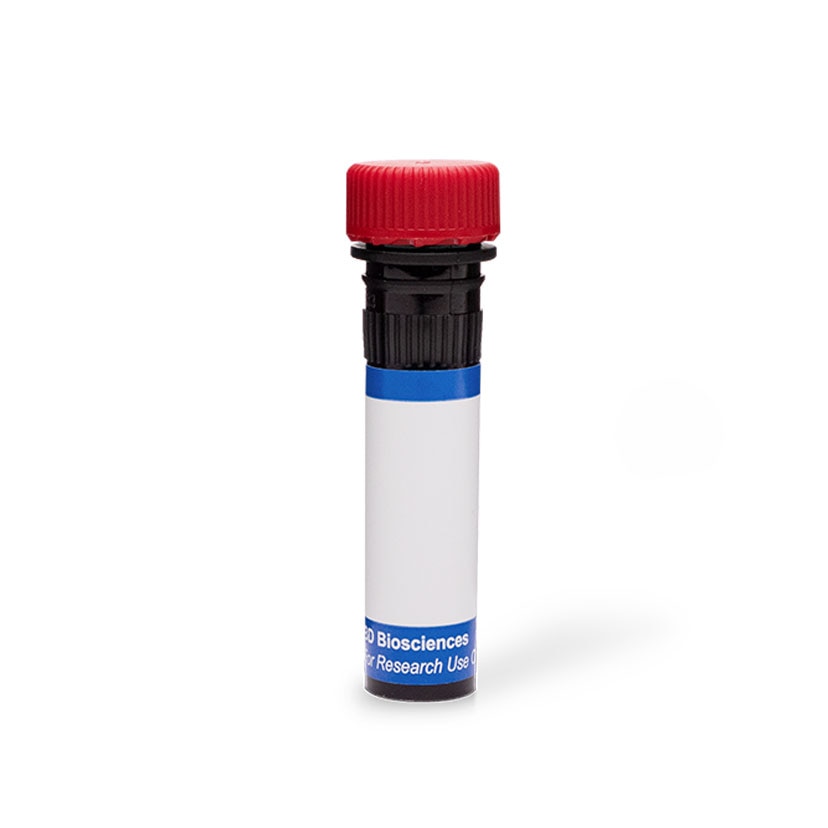Our website is currently undergoing maintenance. During this time, you may notice temporary inconsistencies with product information and ordering. 3:00 p.m NZDT on Sunday, July 20, 2025 through 6:00 p.m NZDT on Monday, July 21, 2025.
The site is undergoing maintenance. Some pieces of functionality, including sign-in, may be impacted. Ordering can continue through fax and phone.
For immediate ordering support, please reach out to us at BDBCustomerService@bd.com.




